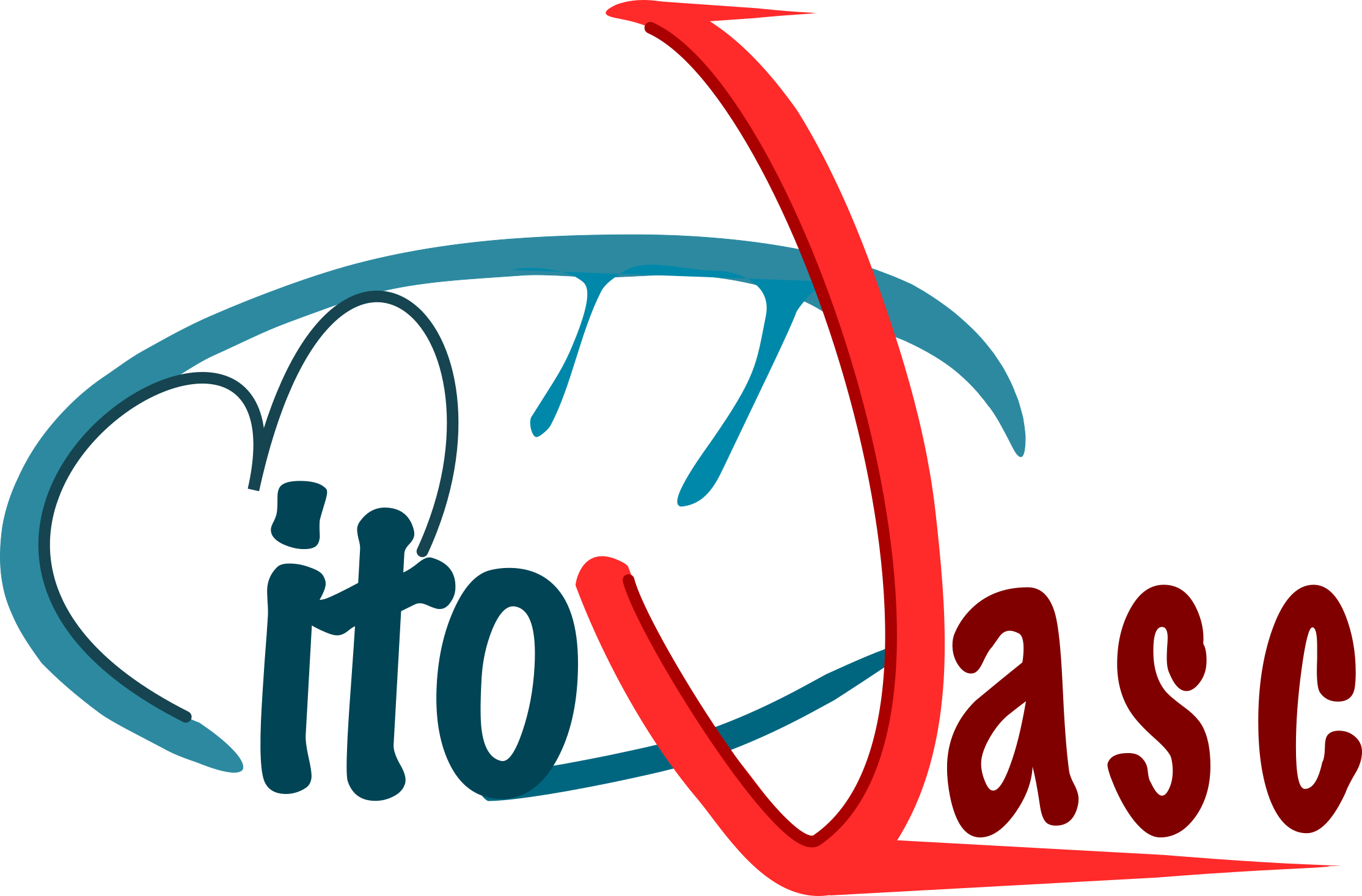Interplay between hypoxia inducible Factor-1 and mitochondria in cardiac diseases
Résumé
Ischemic heart diseases and cardiomyopathies are characterized by hypoxia, energy starvation and mitochondrial dysfunction. HIF-1 acts as a cellular oxygen sensor, tuning the balance of metabolic and oxidative stress pathways to provide ATP and sustain cell survival. Acting on mitochondria, HIF-1 regulates different processes such as energy substrate utilization, oxidative phosphorylation and mitochondrial dynamics. In turn, mitochondrial homeostasis modifications impact HIF-1 activity. This underlies that HIF-1 and mitochondria are tightly interconnected to maintain cell homeostasis. Despite many evidences linking HIF-1 and mitochondria, the mechanistic insights are far from being understood, particularly in the context of cardiac diseases. Here, we explore the current understanding of how HIF-1, reactive oxygen species and cell metabolism are interconnected, with a specific focus on mitochondrial function and dynamics. We also discuss the divergent roles of HIF in acute and chronic cardiac diseases in order to highlight that HIF-1, mitochondria and oxidative stress interaction deserves to be deeply investigated. While the strategies aiming at stabilizing HIF-1 have provided beneficial effects in acute ischemic injury, some deleterious effects were observed during prolonged HIF-1 activation. Thus, deciphering the link between HIF-1 and mitochondria will help to optimize HIF-1 modulation and provide new therapeutic perspectives for the treatment of cardiovascular pathologies.
| Origine | Publication financée par une institution |
|---|---|
| licence |


